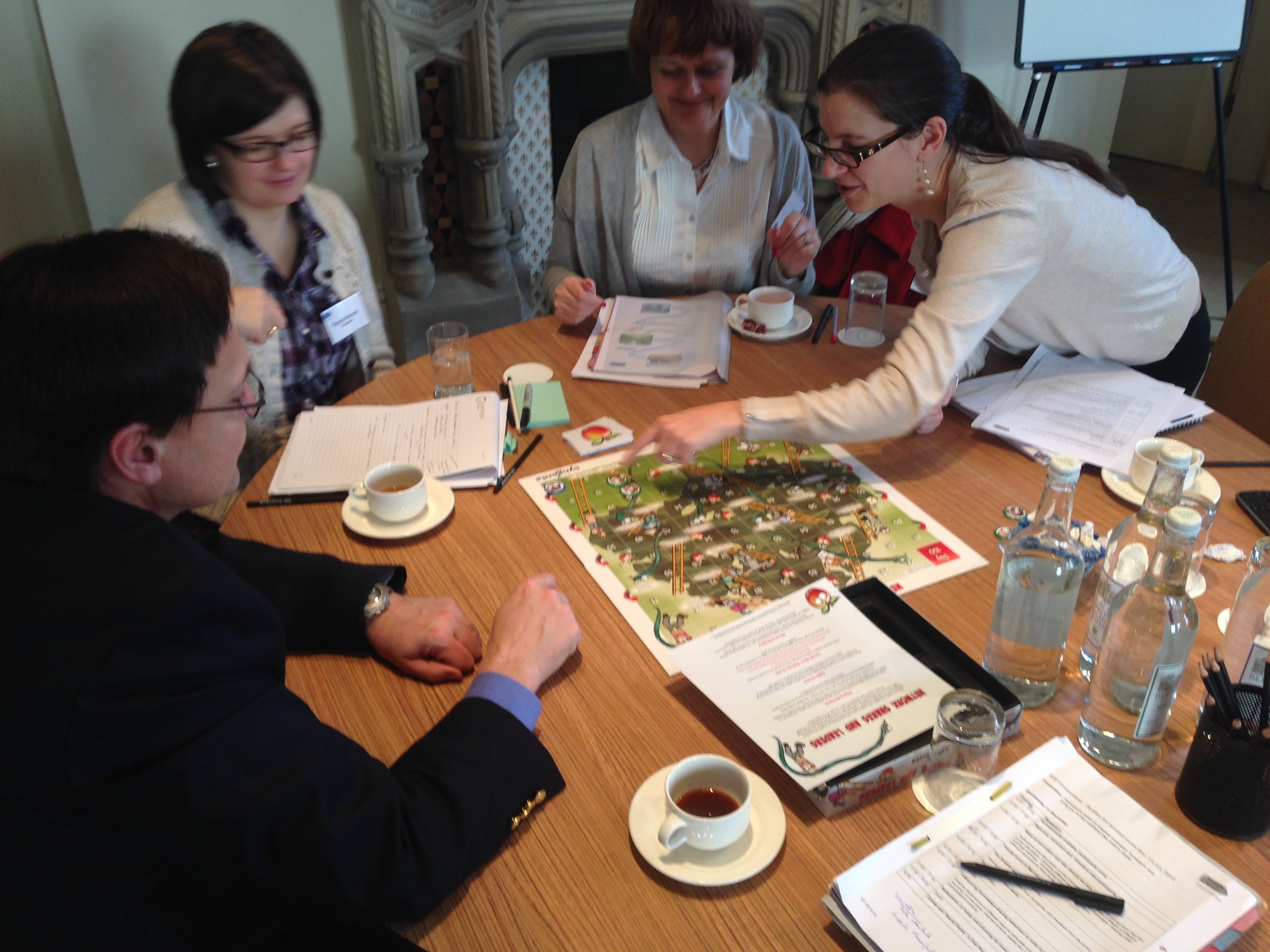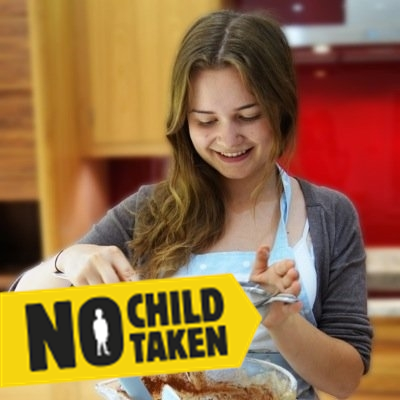Continuing from my top ten KM consulting highlights (in no particular order!) from 2014...6. Sharing Knowledge in the Offshore Wind community
The UK is a world leader in the Offshore Wind Energy business, and with multiple companies involved in planning, developing and constructing wind farms, there is huge potential for reducing the cost (and increasing the size of renewable energy “pie”) by sharing knowledge between the industry players – who happen to be competitors! It’s a classic example of tragedy of the commons.
I have been working with all of the main stakeholders over the past year to develop a community of practice, a common language, and a series of sharing workshops to help this group of companies to trust, share, connect and learn whilst respecting the commercial limitations which exist. Where of you start? Where are the safe places to begin knowledge-sharing? It’s an unconventional community of practice – but a fascinating one to work with.
7. Communities in Copenhagen
After nearly ten years of independent consultancy in KM, I finally managed to combine a business trip with an extra family holiday. My wife and daughters accompanied me to Copenhagen for a brilliant weekend, whilst I stayed on to work with Maersk Oil and help shape their work on communities of practice.
8. The African Evaluation Association conference in Cameroon.
I have to admit, I love visiting new countries, so when I was asked to speak and deliver workshops at the AfrEA 2014 conference in Yaounde, Cameroon, it didn’t take much to persuade me.
Being exposed to the sheer breadth and depth of M&E activity in the development sector – and the natural way in which Knowledge Management dovetails into this important work was an eye-opener. Meeting Rituu Nanda, who has worked so hard with the AIDS constellation, building on Geoff’s work with UNAIDS which we wrote up in Learning to Fly, was a real highlight for me.
Oh and the bread basket was certainly eye-catching!
9. Board Gamification in Syngenta
MAKE award winners Syngenta have been one of my longest-running clients, and I’ve had the opportunity to support their KM Strategy, Communities of Practice, Lessons Learned and Operational Excellence programmes. Whether it’s cartoons, glass knowledge-sharing awards, pocket cards or toolkits, I’ve always enjoyed their love of embedding knowledge in artifacts and their courage to innovate. One of the best examples of this was the creation of a board game about the early stages of leading of a community of practice, based on Snakes and Ladders. Of course, we called it "Snakes and Leaders". The game was used as part of an internal training programme for Network Leaders, and incorporated the ups and downs, celebrations and pitfalls of the first 100 days of a typical network, with some additional randomised surprises and challenges.
Here it is being played by fellow participants in the Knowledge Driven Performance consortium.
10. Tearfund
Tearfund is a charity which has been important to me for as long as I can remember. Their approach to After Action Reviews made it into Learning to Fly, and I had the chance to visit them to work on their Organisational Learning Strategy a few years ago. Towards the end of last year, I was asked to join their People and Learning committee as an non-executive external advisor; something I really look forward to contributing towards. What makes this extra special is that my eldest daughter Martha is also working with Tearfund on their No Child Taken campaign against Human Trafficking as a public figure, following her appearance on the Great British Bake Off (aka PBS British Baking Show), so we will be able to share knowledge over her cake experiments!
Looking forward to seeing what 2015 has in store...






















 Our BMW is nearly 8 years old now. It’s been brilliant, and it’s had to put up with a lot from a growing family, and now a dog with an affinity for mud and water.
Our BMW is nearly 8 years old now. It’s been brilliant, and it’s had to put up with a lot from a growing family, and now a dog with an affinity for mud and water.